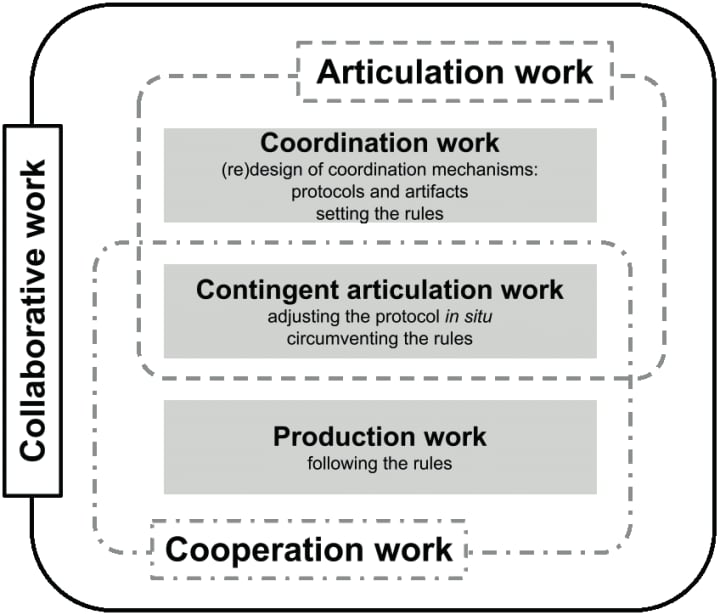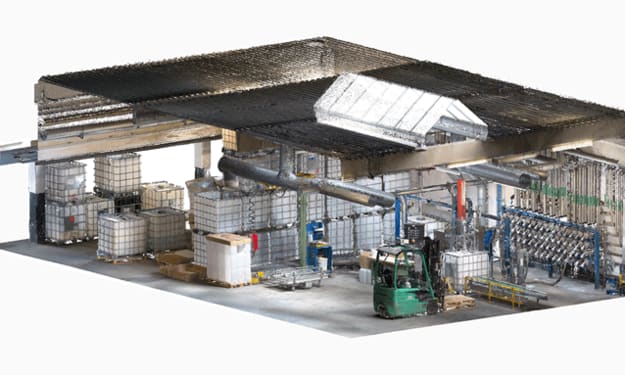Scan to BIM for Construction Projects | Benefits & Application
Understanding the concept of Scan to BIM Services

In the ever-evolving landscape of construction projects, technology continues to revolutionize the way tasks are executed. One such revolutionary technique is Scan to Building Information Modeling (BIM) services.
This article delves into the advantages and applications of Scan to BIM in construction projects, providing insights into its implementation and how to choose the right service provider.
Understanding the Concept of Scan to BIM

Scan to BIM involve the process of capturing physical structures and converting them into detailed digital models using advanced scanning technologies. These digital models, known as Building Information Models (BIM), encompass intricate details about a building's geometry, spatial relationships, and attributes.
This digital representation serves as a comprehensive source of information for various stages of construction projects.
Advantages of Utilizing Scan to BIM in Construction Projects
Enhanced Accuracy and Precision in As-Built Documentation
Scan to BIM services ensure that the as-built documentation is highly accurate. Traditional manual methods often fall short in capturing intricate details accurately.
With laser scanning and photogrammetry technologies, every detail, from complex architectural elements to structural components, can be captured with precision. This accuracy leads to fewer errors during the construction phase, reducing rework and enhancing project efficiency.
Efficient Clash Detection and Conflict Resolution

Clash detection is a critical aspect of construction projects, as conflicts between various building systems can lead to costly delays and revisions. Scan to BIM services allow for clash detection to be performed within the digital model itself.
By merging data from different disciplines into a unified BIM model, potential clashes are identified early in the project's lifecycle. This enables proactive conflict resolution, minimizing disruptions during construction.
Streamlined Design Collaboration and Coordination

Construction projects involve numerous stakeholders, including architects, engineers, contractors, and subcontractors.
Scan to BIM services facilitate seamless collaboration by providing a centralized, data-rich model that can be accessed and updated in real time.
This real-time collaboration enhances communication, reduces misunderstandings, and accelerates decision-making processes.
The Process of Implementing Scan to BIM Services in Construction Projects
The implementation of Scan to BIM services typically involves several key steps:
Data Collection: High-resolution laser scanning or photogrammetry is used to capture the physical structure's details and dimensions.
Point Cloud Generation: The collected data is processed to create a detailed point cloud, which represents the physical structure in a digital format.
Model Creation: Using BIM software, the point cloud is converted into a digital Building Information Model (BIM). This model contains layers of information, including geometry, materials, and more.
Integration and Collaboration: Different stakeholders can access and collaborate on the BIM model, facilitating design coordination and conflict resolution.
Selecting the Right Provider for Scan to BIM Services:
Choosing the right Scan to BIM service provider is crucial for successful implementation. Consider the following factors:
- Expertise: Look for providers with a proven track record in both scanning technologies and BIM software.
- Technology: Ensure the provider utilizes state-of-the-art scanning equipment and BIM software to deliver accurate models.
- Portfolio: Review their past projects to gauge the quality and complexity of their deliverables.
- Collaboration: Choose a provider who emphasizes collaboration and communication throughout the project.
Conclusion
Scan to BIM offer a transformative approach to construction projects by enhancing accuracy, clash detection, and collaboration.
By converting physical structures into digital models, construction stakeholders can navigate complex projects with greater efficiency, fewer errors, and improved communication. As technology continues to advance, Scan to BIM services stand at the forefront of innovation in the construction industry.
About the Creator
Matt Sharon
A professional content writer. Having years of experience in Technology, health, finance, and construction and real estate field. Writing is my passion and I love to play with words Confidently.






Comments (1)
Fantastic article! Scan to BIM technology is undoubtedly a game-changer in the construction industry. The ability to transform real-world scans into accurate 3D models brings a new level of precision and efficiency to project planning and execution.